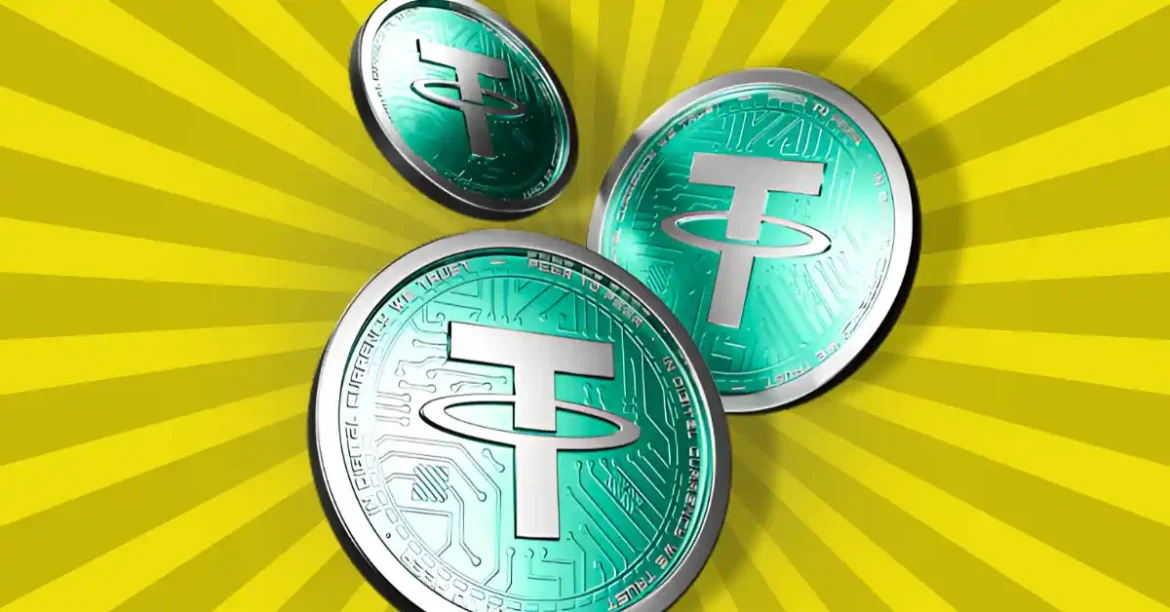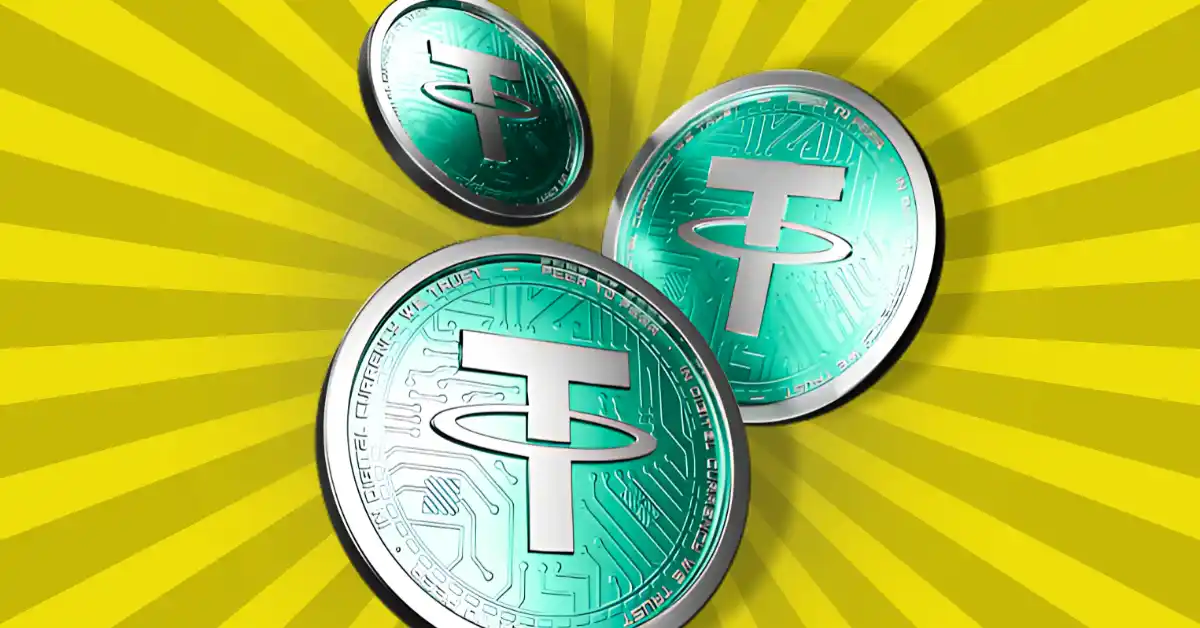The Billion-Dollar Signal: Analyzing Tether’s USDT Minting Spree
The cryptocurrency market is currently fixated on a significant event: the repeated and substantial minting of Tether (USDT), the world’s leading stablecoin. Over the past weeks, and particularly coinciding with anticipation surrounding the Federal Open Market Committee (FOMC) meetings, Tether has authorized and issued over $1 billion in USDT on multiple occasions, primarily on the Tron network, but also on Ethereum. This isn’t an isolated incident; data suggests a pattern of increased minting activity throughout 2024 and 2025, raising questions about its implications for Bitcoin, the broader crypto market, and potential underlying demand.
A Surge in USDT Creation: The Numbers Tell the Story
The sheer volume of USDT being created is striking. Multiple sources, including Whale Alert, Arkham Intelligence, and Lookonchain, have confirmed the minting of $1 billion USDT multiple times in recent weeks. Specifically, the Tron network has been the primary recipient of these large issuances, with over 17 mints exceeding $1 billion occurring in 2025 alone. The most recent instances occurred just before and during the period surrounding the June 18th FOMC meeting, and again as Bitcoin approached and briefly surpassed the $106,000 mark. Notably, Tether CTO Paolo Ardoino clarified that some reported “minting” was actually authorization for future use, not immediate issuance, but the overall trend remains undeniably upward. The total supply of USDT has grown significantly, from $108 billion to over $111 billion in a short period, and even reaching $16 billion in some reports. The speed and scale of these mints are unprecedented, signaling a potentially significant shift in market dynamics.
The FOMC Connection: Anticipating Monetary Policy
The timing of these USDT mints is heavily linked to the FOMC meetings and related economic data releases, particularly US inflation data. The FOMC, the monetary policymaking body of the Federal Reserve, holds meetings to determine the direction of interest rates and other monetary policies. Market participants closely scrutinize these meetings and the subsequent minutes for clues about future economic conditions and potential policy changes.
The anticipation of a potential interest rate cut by the Federal Reserve appears to be a key driver behind the increased demand for USDT. Lower interest rates typically encourage investment in riskier assets like Bitcoin, and USDT serves as the on-ramp for many investors looking to enter the crypto market. The minting of $1 billion USDT ahead of the FOMC meeting suggests a proactive move to ensure sufficient liquidity for potential market activity. The release of FOMC meeting minutes, providing detailed insights into the committee’s deliberations, further amplifies this effect.
Market Impact: Liquidity, Volume, and Potential Price Surges
The influx of USDT has a demonstrable impact on the cryptocurrency market. One immediate effect is increased liquidity. The availability of more stablecoins facilitates easier trading and reduces slippage, particularly for large orders. Data indicates a direct correlation between USDT minting and trading volume. For example, on the day of a $1 billion mint, the trading volume of USDT against Bitcoin increased by 15%, reaching $2.3 billion.
Furthermore, the increased liquidity can fuel price surges. The articles suggest a belief among some analysts that the USDT minting is a precursor to a Bitcoin price increase, as investors use the newly available stablecoins to purchase BTC. Indeed, the minting coincided with Bitcoin breaking through the $106,000 barrier, although correlation doesn’t equal causation. The increased supply of USDT also supports the growth of decentralized finance (DeFi) applications, providing the necessary stable asset for lending, borrowing, and yield farming.
Beyond Bitcoin: Ripple, Ethereum, and Broader Market Trends
While Bitcoin is often the primary focus, the USDT minting also impacts other cryptocurrencies. The launch of Canada’s first spot XRP ETF, for example, occurred alongside the USDT minting, suggesting a broader positive sentiment within the crypto market. Ethereum also benefits from the increased liquidity, as USDT is frequently used to trade ETH and participate in Ethereum-based DeFi protocols.
The rise in USDT minting also reflects a growing demand for stablecoins in general. This demand is driven by both retail investors seeking a safe haven within the volatile crypto market and institutional investors looking for efficient ways to allocate capital. The emergence of competitors to Tether, such as Circle’s USDC, highlights the increasing importance of stablecoins in the financial landscape. Binance and Circle’s recent partnership signals a potential challenge to Tether’s dominance, but for now, Tether remains the undisputed leader.
Concerns and Considerations: Transparency and Risk
Despite the positive implications, the increased USDT minting also raises concerns about transparency and potential risks. The historical controversies surrounding Tether’s reserves and its claims of being fully backed by US dollars continue to linger. While Tether has made efforts to improve transparency, questions remain about the composition of its reserves and the true extent of its backing.
The article referencing “The Illusion of Trust” underscores the inherent risks associated with relying on a centralized stablecoin issuer. The potential for manipulation or mismanagement of reserves could have significant consequences for the entire crypto market. The fact that a substantial portion of the minted USDT isn’t immediately in circulation, as highlighted in one report, further complicates the picture and raises questions about its intended use.
A Signal of Confidence or a Looming Correction?
The recent surge in USDT minting is a complex phenomenon with far-reaching implications. It’s a clear signal of increased liquidity and potential demand within the cryptocurrency market, particularly driven by anticipation of favorable monetary policy from the Federal Reserve. The timing of the mints, coinciding with key economic events and Bitcoin’s price movements, suggests a deliberate strategy to capitalize on market opportunities.
However, it’s crucial to approach this development with caution. The underlying concerns about Tether’s transparency and the potential risks associated with centralized stablecoins remain valid. Whether this massive influx of USDT will ultimately lead to a sustained bull market or simply fuel a temporary bubble remains to be seen. The market is poised on a breakout edge, and the next few weeks will be critical in determining the long-term impact of this billion-dollar signal.





